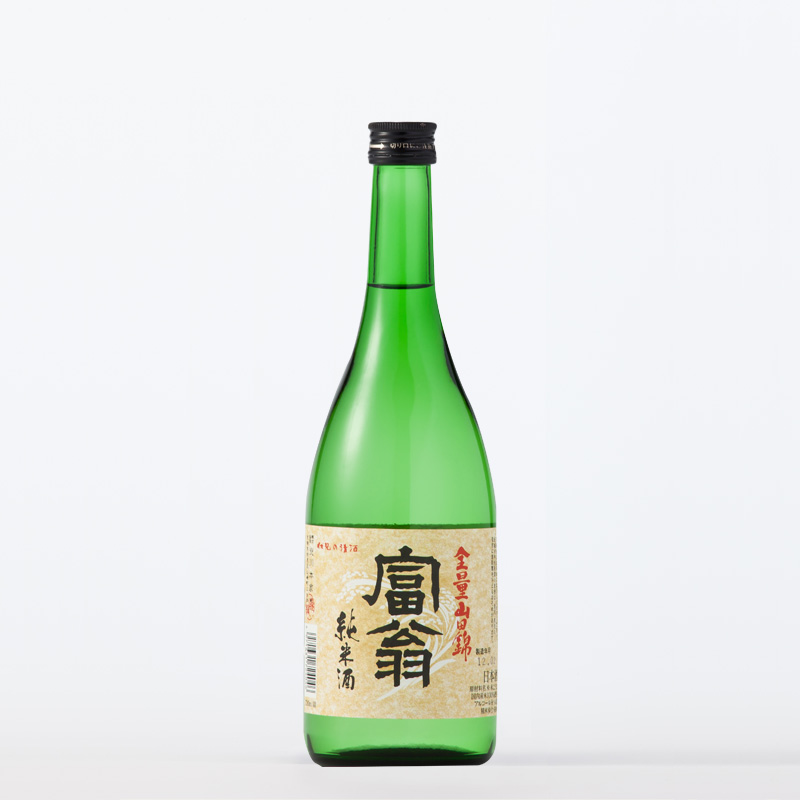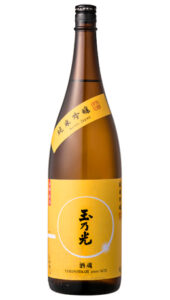Types of Sake

Until recently, the vast majority of sake available outside of Japan has been low quality, sold in large quantities and intended to be drunk hot. Even in Japan, outside of select groups it was viewed as an “old man’s drink”, losing out to beer and wine among younger people.
However, with the rapid improvements being made in sake production, sake, or nihonshu, as it is referred to in Japan, it is beginning to be appreciated as a drink with as much nuance as any wine.
The counter to this, of course, is that a great variety of sake can lead to some confusion when it comes to selecting a bottle on your own. This article will cover the main types of nihonshu available on the market and their most distinctive characteristics.
The main characteristic of Junmai-shu is its purity: Unlike other varieties of sake, junmai is produced without the addition of any additional alcohol.
To be classified as a junmai, a sake must be milled at least 70 percent. The level of milling is directly connected to the clarity and freshness of the flavor.
To read more about the rice milling process, check out this article.
A plain Junmai has a rich, full bodied taste. It is best served hot, and makes a welcome accompaniment to stronger flavoured foods.
Daiginjo
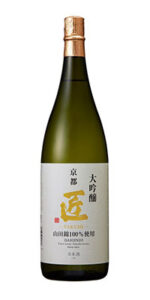
Daiginjo
Daiginjo is a subset of Ginjo, the difference being the amount of rice left after milling. Although some Daiginjo go as low as 35% (Dassai is a famous example) the most common percentage is around 50.
Both Daiginjo and Ginjo-shu can also be considered junmai if no additional alcohol has been added.
Honjozo

Honjozo
Unlike junmai, which is made purely from rice and water, Honjozo is fortified with the addition of distilled alcohol at the end of the fermentation process.
Honjozo sakes must be milled to at least 70%, and the amount of added alcohol cannot exceed 10% of the sake rice used.
The distilled alcohol added to the moromi, or rice mash, is often diluted with water to around a 30% alcohol content.
The addition of water and alcohol typically lends Honjozo varieties a drier flavour palate than those found in Junmai sake.
Namazake
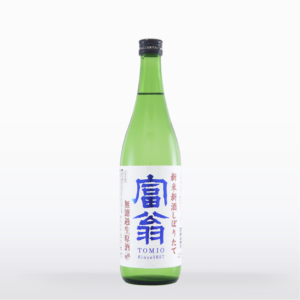
A namazake refers to any type of sake that is unpasteurised. Thus, any of the aforementioned varieties, (ginjo, junmai, ect) can also be namazake.
As namazake must be kept refrigerated to prevent spoilage, it is almost never found overseas, making it a must-try on a trip to Japan.
Many namazake have a tangier than their pasteurised counterparts, which can be quite refreshing.
This example, from Tomio, is special in that it is also a shibori-tate, which means that pressed and brewed within the same year. This gives it an exquisite freshness that many sake fans clamour for!
Tokubetsu

Tokubetsu means special in Japanese. Thus, a nihonshu classified as a tokubetsu-shu often was produced under unique conditions, or with specific ingredients.
Compared to other sake classifications, Tokubetsu is frustratingly vague, especially for sake beginners. While there is no concrete standard of what makes a nihonshu tokubetsu, some common characteristics include:
- The usage of a sake-specific rice grade, such as Yamadanishiki
- The combination of fermentation and brewing techniques
- The level of milling: unless there is something remarkable about the production process, a nihonshu must be milled to at least 60% in order to be classified as a tokubetsu-shu
Genshu

Genshu refers to a sake that has been undiluted with water, imparting a robust, nuanced flavour. Genshu is a subcategory, meaning that this classification can be listed in conjuncture with others on our list.
A common combination often found around sake brewing season is a nama genshu.
Our example sake, from Kagura, combines 3 classifications, Tokubetsu, Junmai, and Genshu, just to show how complicated things can get!
Nigori
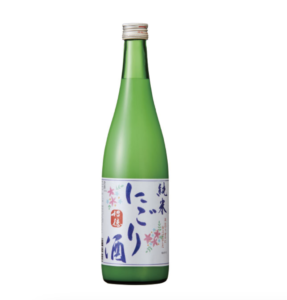
Nigori-sake can be easily recognised by its cloudy nature. This distinctive milky hue comes the residual sake-lees, or rice grain bits, left behind. A nigori sake is often tangy and full bodied, with a thicker mouth feel than filtered varieties.
Yamahai and Kimoto
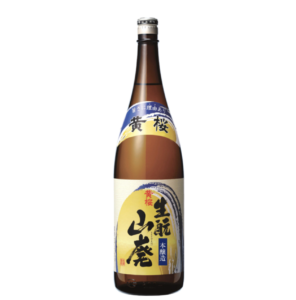
Yamahai and Kimoto both refer to historical methods of sake production that utilize natural lactic acids in the fermentation process, which lasts for a few weeks. During this time, wild yeast and bacteria enter the rice base, or Moto. Although they are eventually killed off by the lactic bacteria, they impart a unique fragrance that can’t be found in sake fermented by artificial means.
Sparkling
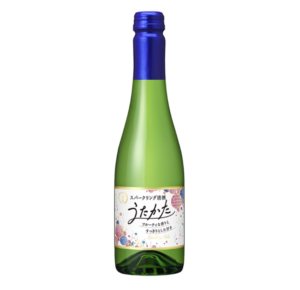
Although carbonation naturally occurs in nihonshu such as Nama-Genshu and Nigori-sake, sake actively produced and marketed as “sparkling” in the same way as wine is a relative newcomer to the sake world.
Many sparkling sake contain a lower alcohol content (3-8%) and a sweet, fruity flavour that makes them ideal as a toasting option.
Since 2016, the Japan Awasake Foundation has been striving to promote the production and distribution of high quality sparkling sake that can rival the prestige of champagne in the wine world.
Futsu
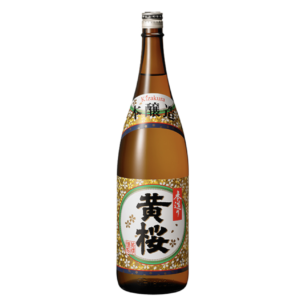
Although futsu means regular in Japanese, this variety of sake is not commonly found on Western shelves. Even in Japan, where it (somewhat surprisingly) makes up 75% of sake consumed, it is often overshadowed by its premium peers.
If you see a sake not specifically labelled as “Junmai” or “Honjozo”, it is likely a futsu-shu.
It is certainly worth remembering of course that not “special” does not equal not good! Many futsu-shu pair excellently with food, especially the local dishes from where they are produced.
Koshu
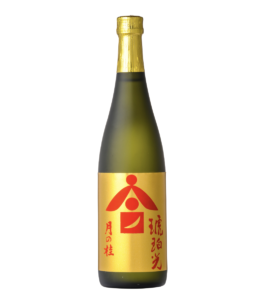
Koshu refers to a sake that has been aged. Unlike wine, sake is typically intended to be drunk as fresh as possible.
Unlike their freshly brewed counterparts, koshu is not clear. It begins as a light yellow, and will progress into a rich amber or dark, almost soy-sauce brown depending on the duration and specific ageing process.
Ideal sake for koshu production are ones produced using the traditional yamahai and kimoto methods, as the rich flavors imparted by the process stand up well to the aging process.
While koshu can be enjoyed at any temperature, consumed warm it has an almost caramel like sweetness that is delicious savored on a cold winters day.
This example, from Tsuki no Katsura, has been aged for a remarkable 10 years!

